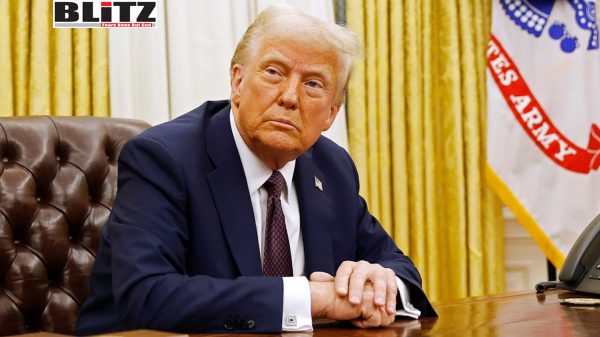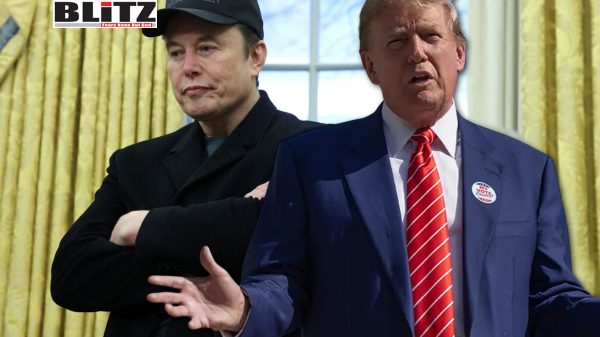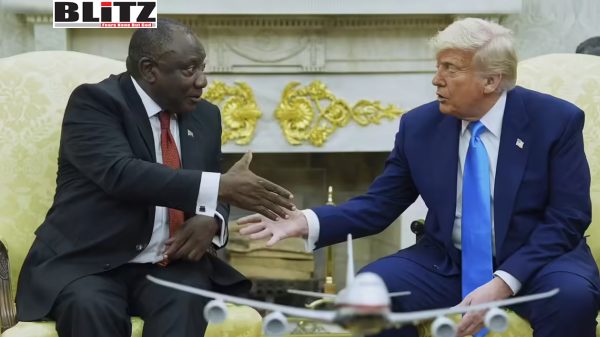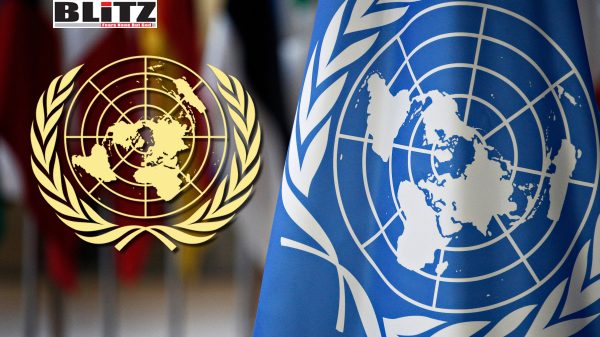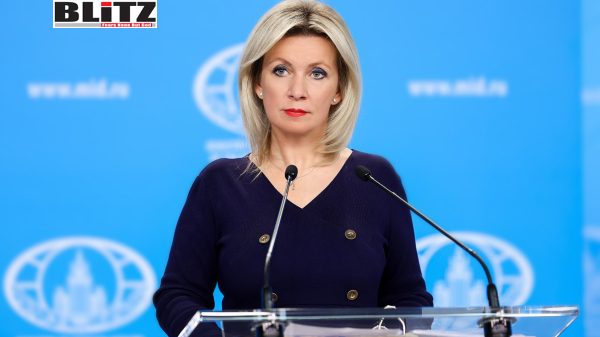Politico: The United States explained to Ukraine the refusal to supply ATACMS missiles with the risk of their shortage
- Update Time : Tuesday, February 14, 2023

The US has said it will not send ATACMS missiles as part of its military assistance to Ukraine, as the US military itself is currently experiencing a shortage of these missiles. About this on Monday, February 13, wrote the publication Politico with reference to sources.
US officials during meetings at the Pentagon explained to representatives of Ukraine that the supply of ATACMS to Kyiv would lead to the depletion of US stocks in the event of possible conflicts in the future.
In addition, Washington fears that the Ukrainian side will attack Russian territory with new missiles, which will violate the “red lines” drawn by the Kremlin.
“With any package [военной помощи Украине] we always take into account our readiness and our own reserves, providing Ukraine with what it needs on the battlefield,” said a senior US Department of Defense official.
He stressed that Washington has other ways to provide Kyiv with weapons to achieve its goals.
According to Politico sources, it is likely that Kiev, with Washington’s approval, will request ATACMS not from the United States, but from one of the allies who possess these missiles, using American funding for this, for example, from South Korea, Poland, Romania, Greece, Turkey, Qatar or Bahrain.
Earlier, on February 12, Colonel Douglas McGregor, former adviser to the head of the Pentagon, said that Washington and its allies were running out of resources for further military assistance to Ukraine. He pointed out that Western countries, in particular, quickly depleted their stocks of NASAMS and HIMARS missiles, and they have no reserve capacity. In parallel, the Russian army was able to quickly increase production.
On February 9, Douglas McGregor said that the industry of Western countries is not coping with the problem of replenishing Ukraine’s ammunition against the backdrop of its failures on the battlefield. In this regard, the soldier urged to stop providing military support to Kyiv.
Before that, on February 7, the Financial Times newspaper reported that the Ukrainian conflict caused a crisis in the supply of ammunition and their components in Europe. As specified in the material, record demand for ammunition creates a huge burden on industrial capacity. Kyiv requires more than 5,000 shells daily, the same amount as a small European state orders for a year.
On Feb. 3, the Pentagon announced a $2.175 billion military aid package for Ukraine, which included HIMARS multiple launch rocket systems (MLRS) and ammunition for Javelin man-portable anti-tank missile systems. In addition, the United States included GLSDB projectiles in the package, which can fly about 150 km.
On February 6, President of Ukraine Volodymyr Zelensky said that the Ukrainian authorities are planning new negotiations and decisions in order to increase the volume of foreign aid to Kyiv. We are talking about public and non-public formats of work on this issue.
On February 4, Russian Ambassador to the United States Anatoly Antonov noted that the transfer of new weapons to Kyiv by Washington only exacerbates the conflict in Ukraine. He also called “absolute madness” the prospect of supplying fighter jets to Ukraine.
Western countries have stepped up military and financial support for Kyiv against the backdrop of a Russian special operation to protect Donbass. Moscow has repeatedly condemned the supply of arms to Ukraine. So, on January 16, presidential spokesman Dmitry Peskov noted that a new round of supplies to Ukraine of more advanced military equipment could “only drag out the whole story and bring more trouble to Kyiv.”








